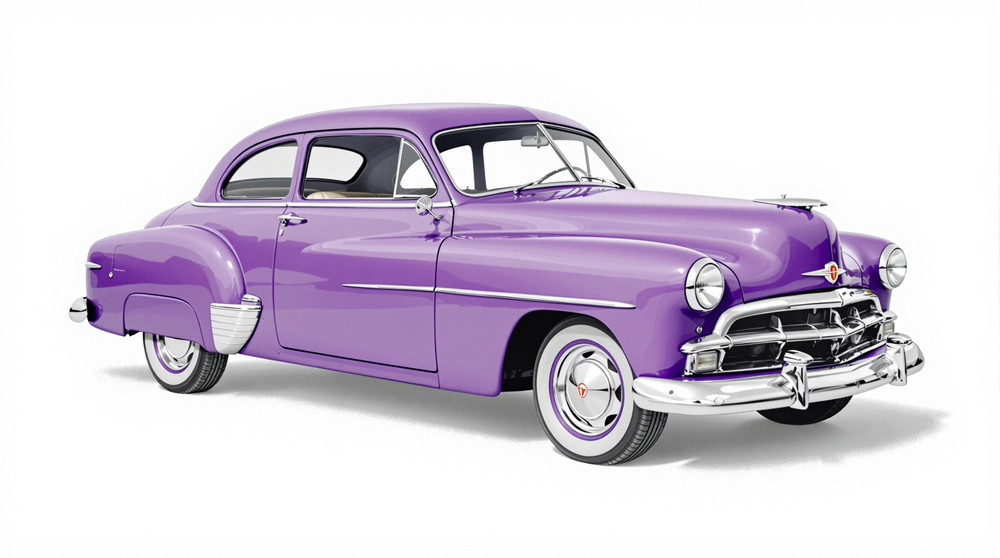Image of 1951 Henry J Standard, Note: These illustrations use artistic license and may differ from actual historical models.
Performance Metrics
Fundamental Metrics
Emotional Appeal
MMP Rating
| Engine Specifications | |
|---|---|
| Engine: | 134.2 cu in (2.2 L) I4, 161 cu in (2.6 L) I6 |
| Displacement: | 134.2 - 161 cu in |
| Horsepower: | 68 - 80 hp |
| Torque: | 114 - 125 lb-ft |
| Compression Ratio: | 7.0:1 |
| Ignition System: | Distributor and coil |
| Cooling System: | Water-cooled |
| Performance Specifications | |
| 0-60 Time: | Estimated 20 - 25 seconds |
| 1/4 Mile Time: | Not available |
| Top Speed: | 75 - 80 mph |
| Transmission and Drive | |
| Drive Type: | Rear-wheel drive |
| Transmission Type: | 3-speed manual |
| Fuel and Efficiency | |
| Fuel System Type: | Carburetor |
| MPG: | Estimated 20 - 25 mpg |
| Dimensions and Brakes | |
| Brakes: | Drum brakes |
| Wheelbase: | 100 in |
| Weight: | 2,200 - 2,400 lbs |
Note: Specifications for classic cars are given to the best of our ability, considering the limited and variant data available.
1951 Henry J Standard: A Postwar American Compact Pioneer
In the wake of World War II, America's automotive landscape was ripe for innovation, and the 1951 Henry J Standard emerged as a symbol of postwar practicality and efficiency. Manufactured by Kaiser-Frazer Corporation, named after its chairman Henry J. Kaiser, this vehicle was designed to be affordable and economical at a time when the nation was adjusting to peacetime prosperity. A notable moment in its history was when the Henry J became available through a unique sales venue: Sears Roebuck catalog, under the name Allstate.
Design and Innovation
The 1951 Henry J Standard sported a simple yet distinctive exterior with rounded lines and a compact stature that reflected the utilitarian ethos of early 1950s America. The interior was spartan, with minimalistic design elements and basic materials that underscored its budget-friendly market position. Despite its economy class standing, the Henry J did feature some innovative touches for its era, such as unit-body construction which improved rigidity and reduced weight. Color options ranged from conservative hues to more vibrant tones, with Hawaiian Bronze and Lombard Blue being among popular choices. The two-door sedan body style was iconic, capturing the essence of American postwar simplicity.
Historical Significance
The Henry J Standard made an indelible mark on automotive history by being one of the earliest American compact cars designed for mass production. It set itself apart with its affordability and no-frills approach during a time when most manufacturers were focused on larger, more luxurious vehicles. Its legacy is seen in the evolution of compact cars in America, paving the way for future models that prioritized economy over opulence.
Performance and Handling
Performance-wise, the 1951 Henry J Standard was modest, with top speeds hovering around 80 mph. Acceleration from 0-60 mph was not its strong suit; however, it offered respectable fuel efficiency which was a significant selling point. Handling was straightforward with a smooth ride on even surfaces but could be less forgiving on rougher roads. Driving the Henry J was an exercise in simplicity – from the hum of its four-cylinder engine to the functional interaction between driver and machine.
Ownership Experience
Owners of the 1951 Henry J Standard often used their vehicles as daily drivers due to their reliability and cost-effectiveness. Maintenance was relatively easy thanks to the car's uncomplicated design, making it accessible for average owners to perform repairs. However, due to its age and rarity today, finding parts can be challenging.
Fun Facts
A quirky piece of trivia about the Henry J is that it lacked a trunk lid; luggage had to be accessed by folding down the rear seat! While not known for breaking speed records, it did set a precedent for affordable compact cars in America. Criticisms often centered around its very basic amenities – or lack thereof – but these were also part of its charm and appeal.
Collector's Information
Today, collectors might find a 1951 Henry J Standard fetching anywhere from $10,000 to $30,000 depending on condition and originality – a testament to its growing nostalgia factor. Production numbers were relatively high for its time with estimates around 80,000 units made; however, surviving examples are considerably fewer. As interest in postwar compacts increases among collectors, values may continue to appreciate modestly over time.
Conclusion
The 1951 Henry J Standard stands as a testament to an era when American ingenuity met postwar practicality head-on. It may not have been the flashiest or fastest car on the road, but it carved out its niche in automotive history with undeniable charm and economic sensibility. For those who appreciate classic cars with character and context, the Henry J remains an endearing piece of Americana worth preserving.
1951 Henry J Standard Catalog of Parts
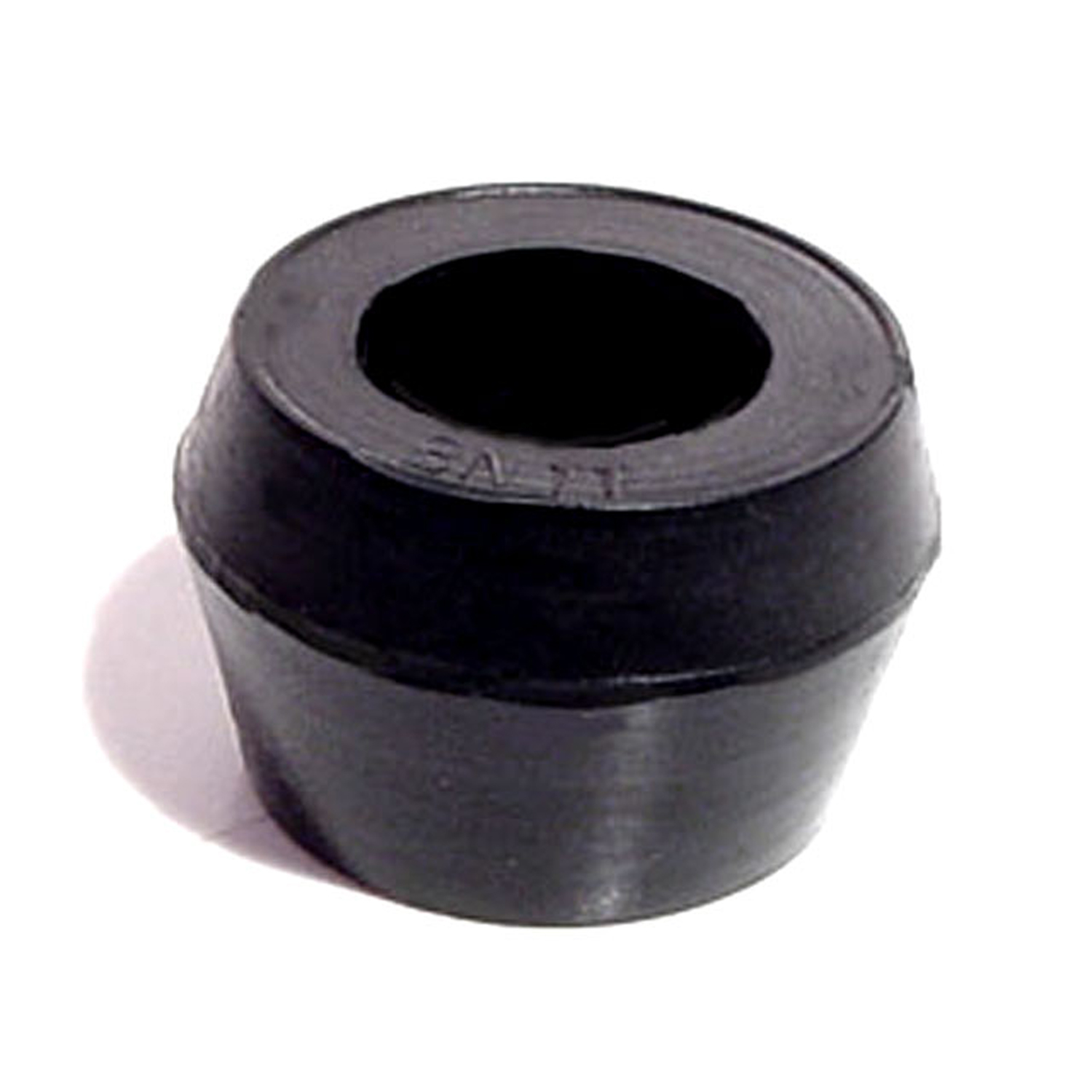 1951 Henry J Standard Shock Absorber Grommet. 1" bottom O.D-BN 11Shock Absorber Grommet. 1" bottom O.D., 3/4" high, with 5/8" I.D. Each
1951 Henry J Standard Shock Absorber Grommet. 1" bottom O.D-BN 11Shock Absorber Grommet. 1" bottom O.D., 3/4" high, with 5/8" I.D. Each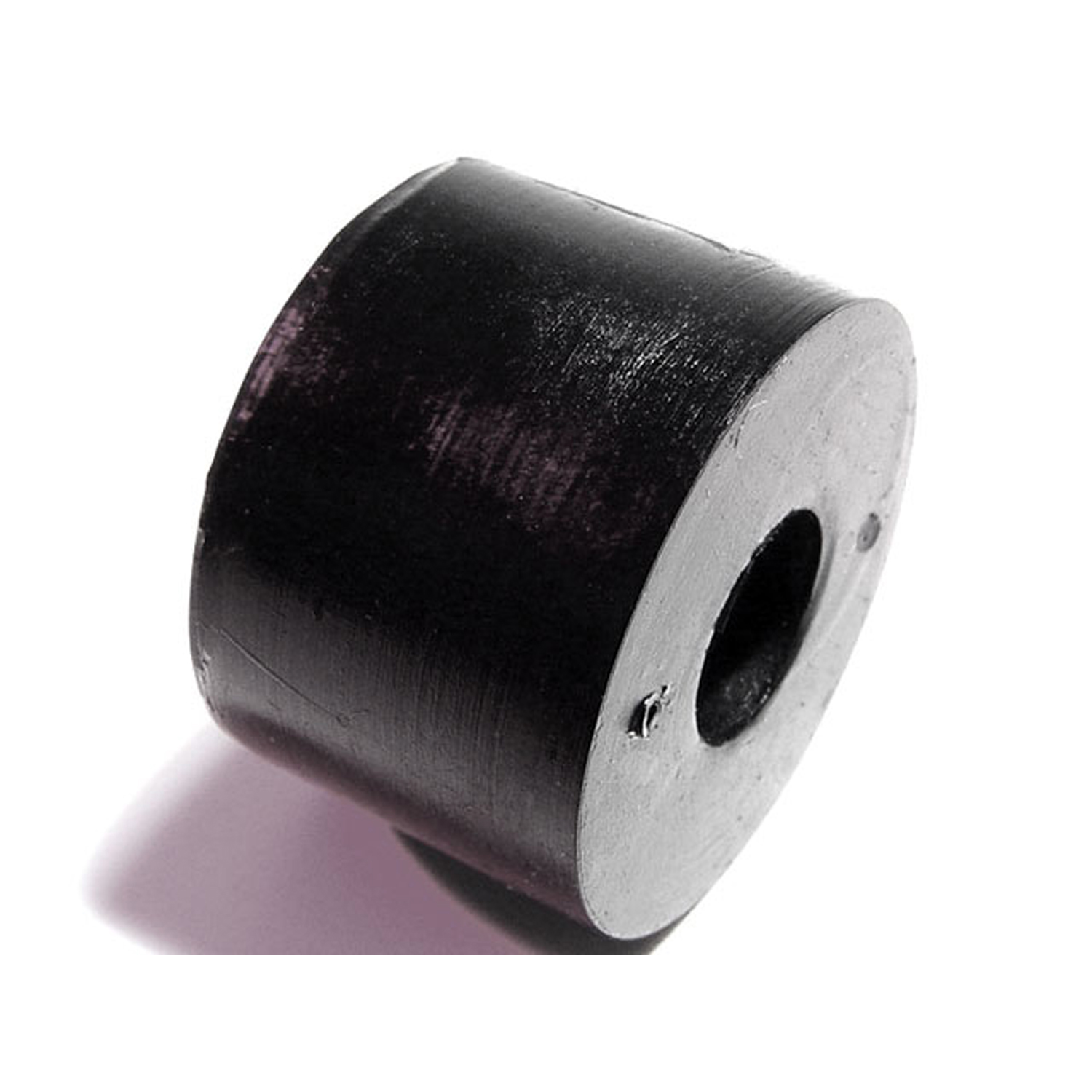 1951 Henry J Standard Shock Absorber Grommet. 1" bottom O.D., 5/8" high-BN 13Shock Absorber Grommet. 1" bottom O.D., 5/8" high., with 3/8" I.D. Each
1951 Henry J Standard Shock Absorber Grommet. 1" bottom O.D., 5/8" high-BN 13Shock Absorber Grommet. 1" bottom O.D., 5/8" high., with 3/8" I.D. Each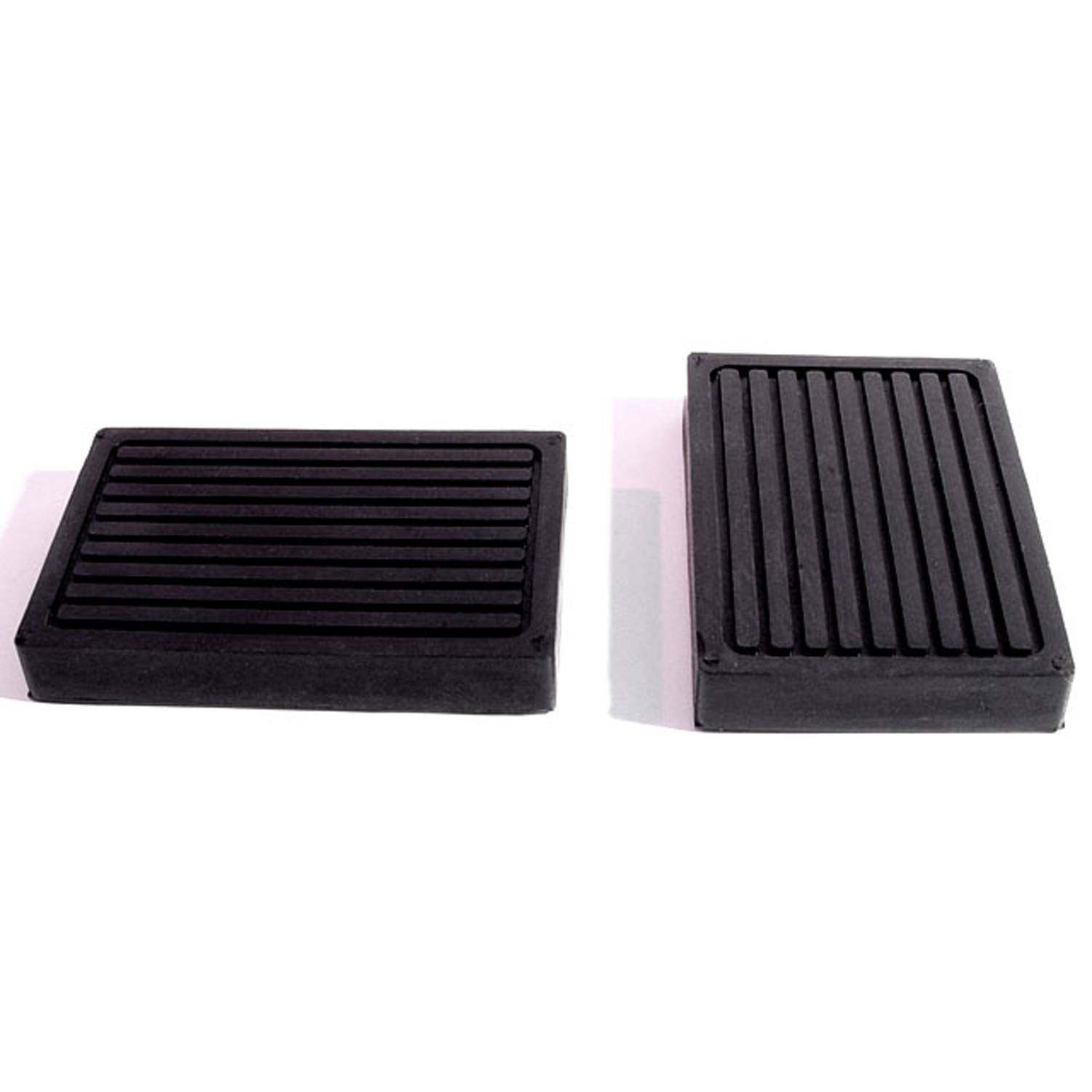 1951 Henry J Standard Clutch and Brake Pedal Pads. 2-1/8" wide X 3-1/4" long-CB 89Clutch and Brake Pedal Pads. 2-1/8" wide X 3-1/4" long. Pair
1951 Henry J Standard Clutch and Brake Pedal Pads. 2-1/8" wide X 3-1/4" long-CB 89Clutch and Brake Pedal Pads. 2-1/8" wide X 3-1/4" long. Pair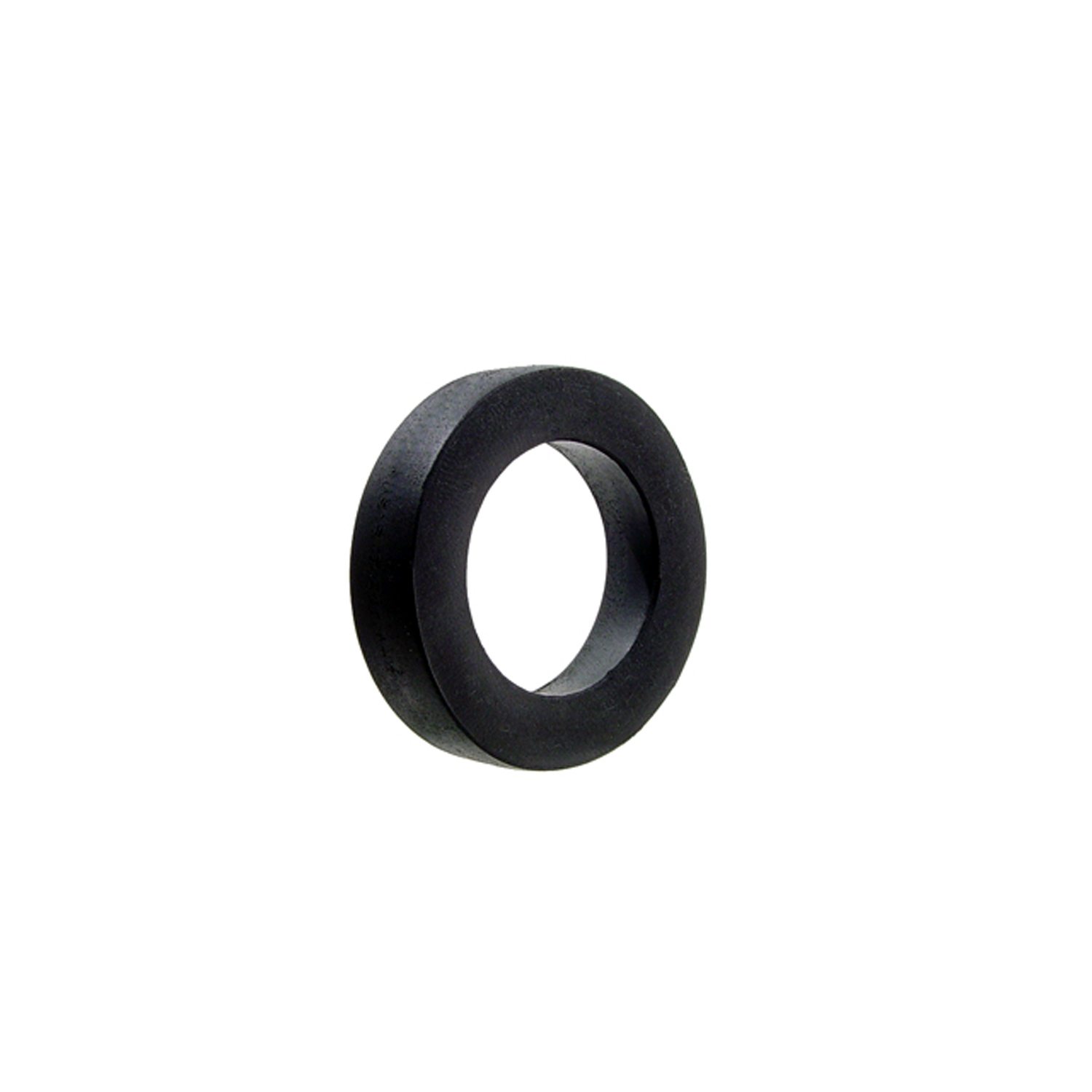 1951 Henry J Standard Horn contact pad. 3 in. OD x 2 in. ID x 5/8 in. thk-RP 610Horn contact pad. 3 in. OD x 2 in. ID x 5/8 in. thk. Dense rubber. May work as an air-cleaner spacer for Kaiser-Darrin. Each.
1951 Henry J Standard Horn contact pad. 3 in. OD x 2 in. ID x 5/8 in. thk-RP 610Horn contact pad. 3 in. OD x 2 in. ID x 5/8 in. thk. Dense rubber. May work as an air-cleaner spacer for Kaiser-Darrin. Each.Why Choose Metro?
For over 100 years, Metro Moulded Parts has been the pinnacle of quality in classic car restoration parts. Our commitment to precision and authenticity in every component ensures a perfect fit and an OEM-level appearance.
- Expert Craftsmanship & Quality: Each part is a testament to our dedication to reliability and perfection, crafted from original designs and thoroughly tested.
- Advanced Technology: We use cutting-edge techniques to create flawless, long-lasting parts that surpass others in performance.
- SuperSoft Sponge – The Ultimate Door Seal: Not only are our door seals 30% softer than competitors', but they're also guaranteed to never leak. They effectively reduce wind and road noise, enhancing your classic car's comfort and driving experience.
- Proudly American: Our parts are a product of American craftsmanship, made in the USA with a spirit of excellence and heritage.
- Unrivaled Warranty: We back our products with a 30-year industry-leading warranty, a testament to our confidence in their quality.
Join us in preserving the legacy of classic cars with parts that are crafted for perfection, not just made.

